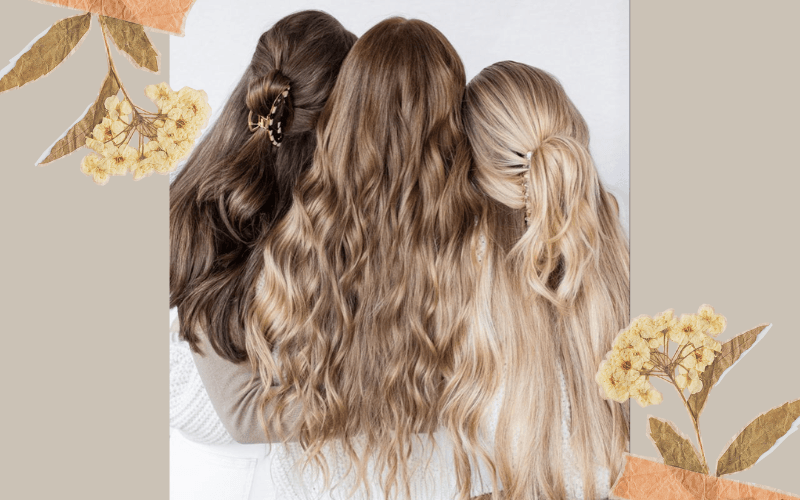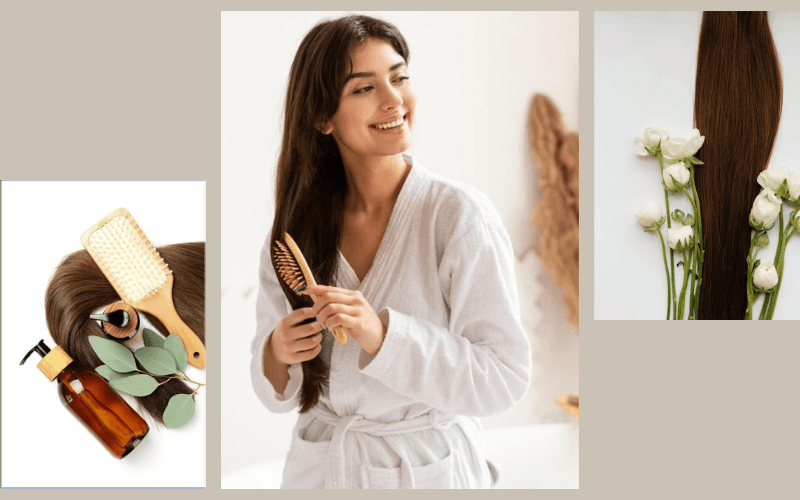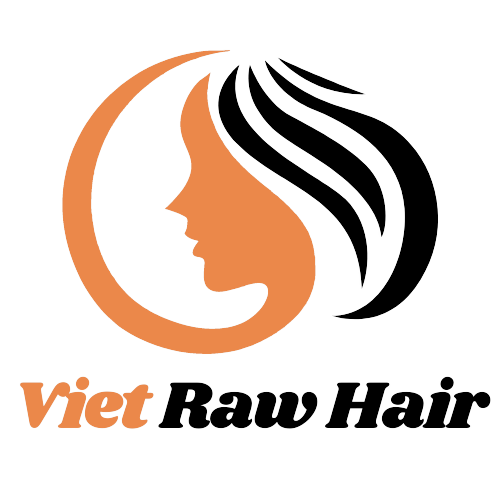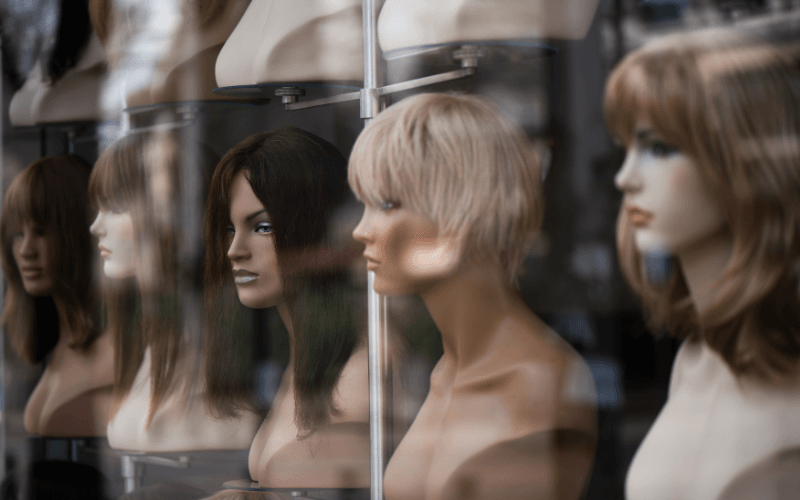Types of Wigs – A Beginner’s Guide to Styles and Benefits
Types of Wigs – A Beginner’s Guide to Styles and Benefits
Entering the hair market can be overwhelming for beginners due to the vast array of wigs available. Understanding the different types of wigs is essential for making an informed choice that suits your needs. From natural-looking options to versatile styles, wigs provide endless possibilities to enhance your appearance and boost your confidence. In this guide, VietRaw Hair will help you to explore the basics of wigs, highlight popular types, and offer practical tips for care and maintenance, helping you navigate your wig journey with ease.
What Are Wigs?
Wigs are artificial hairpieces designed to cover the head or enhance one’s hairstyle. They can be made from synthetic fibers or real human hair, offering a range of looks and purposes. Wigs have been used for centuries for various reasons, including fashion, cultural practices, and medical needs. Today, they are more accessible than ever, with options that cater to different styles, preferences, and budgets.

Popular Types of Wigs and Their Features
Understanding the types of wigs available helps narrow down your choices. Let’s categorize wigs based on hair material and wig style to explore their unique features.
Types of Wigs Based on Hair Material
Based on hair material, wigs are divided into 3 types:
- Human Hair Wigs: Made from 100% natural human hair, these wigs offer a remarkably realistic look. Therefore, you can style, dye, and treat that wig just like your own hair.
- Synthetic Hair Wigs: These wigs are crafted from man-made fibers and are pre-styled to ready to wear. They are ideal for quick transformations but are less flexible for heat styling or color changes.
- Blended Wigs: With combined human and synthetic hair, the blended wigs balance realism and affordability. They offer a more natural look than synthetic wigs while being easier to maintain than human hair wigs.
Types of Wigs Based on Wig Style
Based on wig style, there are 4 types of wigs:
- Lace Front Wigs: These wigs feature a lace panel at the front, creating a seamless and natural-looking hairline. The lace usually extends from ear to ear, while the rest of the cap is made from other materials like mesh or cotton.
- Pros: They provide a natural appearance, perfect for various hairstyles, especially those that expose the hairline or sweep the hair back.
- Cons: It is not suitable for high ponytails as the lace is only at the front.
- Full Lace Wigs: The cap is entirely made of lace, allowing the scalp to be visible regardless of how your hair is styled.
- Pros: It is highly versatile, enabling updos, ponytails, or any hairstyle without exposing the cap.
- Cons: It is typically more expensive, requires skillful installation and maintenance.
- U-Part and Half Wigs:
- U-Part Wigs: It features a U-shaped opening to blend natural hair with the wig for a seamless look.
- Half Wigs: It covers only half of the head, adding volume and length while leaving natural hair at the front for styling.
- Pros: They offer a more natural look by combining natural hair, ideal for those seeking added volume without full coverage.
- Cons: U-part and half wigs require natural hair to match the wig in color and texture for a cohesive appearance.
- Glueless Wigs: These wigs are designed to be worn without adhesive. Specifically, they are secured using combs, elastic bands, or adjustable straps.
- Pros: It’s easy to wear, comfortable, and convenient to remove, making them ideal for those with adhesive sensitivity.
- Cons: It may feel less secure if not adjusted properly.

How Wig Density Impacts Your Look
Wig density refers to the thickness or fullness of hair on the wig cap, expressed as a percentage relative to natural hair. It typically ranges from light (50-80%) to extra heavy (200%+). Understanding wig density chart is crucial for selecting a wig that complements your desired look, personal style, and face shape.
- Light Density (50-80%): It ideal for those seeking a natural, understated appearance. This density is perfect for everyday wear or for individuals with naturally fine hair who want a wig that mimics their original look.
- Medium Density (100-150%): This density offers a balanced and versatile look, making it suitable for most hairstyles and daily use. Medium density is a popular choice because it provides enough fullness without looking overly dramatic.
- Heavy Density (180-200%+): It best for achieving dramatic, voluminous styles. This density is ideal for formal events, glamorous appearances, or individuals who prefer a bold, statement-making hairstyle.
How to Care for Your Wig
Proper wig care is essential for maintaining your wigs appearance and extending its lifespan. Let’s follow these essential steps to keep your wig looking fresh and beautiful.
Step 1: Washing
You should gently cleanse your wig by using a sulfate-free shampoo and lukewarm water. Remember that you need to avoid scrubbing or twisting the hair to prevent damage. Instead, you can immerse the wig and lightly swish it around. Be sure to rinse thoroughly to remove all shampoo and residue.
Step 2: Drying
After washing, you need to air-dry your wig by placing it on a wig stand to help maintain its shape. Avoid using direct sunlight or heat sources, as they can weaken the fibers or cause discoloration. You can pat the wig gently with a towel to remove excess water before drying.
Step 3: Styling
When styling your wig, you should use heat tools sparingly if the wig is made from human hair, and always apply a heat protectant. For synthetic wigs, you need to avoid heat tools entirely unless the wig is labeled as heat-resistant. Instead, you can opt for gentle techniques like finger styling or using rollers for curls.
Step 4: Storage
Proper storage prevents tangling and helps retain the wig’s structure. You should use a mannequin head for wigs you wear frequently, or store them in a silk or satin bag for long-term storage.
Step 5: Maintenance
You should brush your wig regularly with a wide-tooth comb or a wig-friendly brush. Let’s start detangling from the ends and work your way up to the roots to minimize breakage. For curly wigs, you can use your fingers or a wide-tooth comb to maintain the curl pattern.

Conclusion
Choosing the right type of wig is essential for achieving your ideal look. Whether you prefer the versatility of human hair wigs, the convenience of synthetic options, or a hybrid, there’s a style that matches your needs.
For top-quality wigs, consider VietRaw Hair—your trusted provider. We take pride in offering a diverse range of wigs crafted from premium materials, ensuring unmatched style, durability, and comfort.
Ready to transform your look with confidence? Contact us today at HOTLINE (+84) 839 863 365 or email vietrawhairs@gmail.com to explore our latest collection and find your perfect match!

